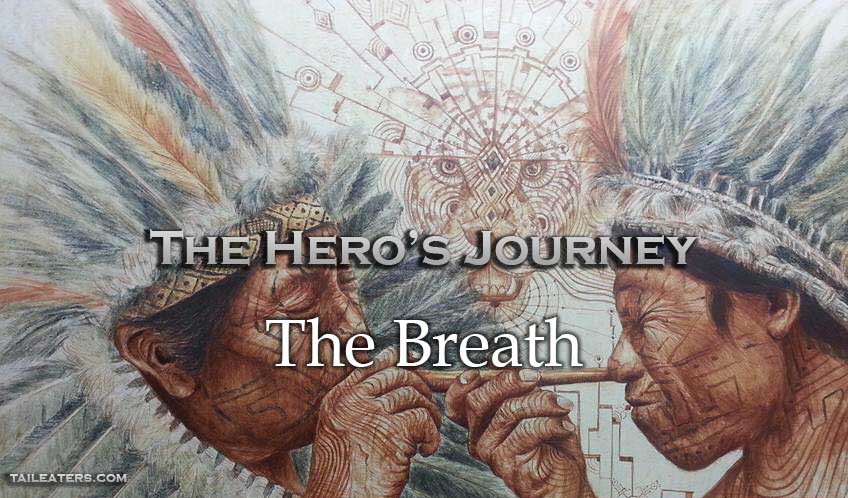
Practices for the Hero’s Journey: The Breath
The Sacred Nose
Nose Picking
As a clear cause for irritation in the nostrils, causing more mucus to form, picking leads to more blockage, which leads to more mouth breathing and thus thinking, which leads to further passage restriction, ad infinitum, pushing those lost in this habit towards further mouth breathing. Only in some inner resolution with my father, which resulted primarily from a transformative experience with psychedelic medicines, did my nostril blockage and compulsion finally hit a breakthrough. With a particularly powerful psilocybin experience putting a decent dent into my Ego, I visualized nose-picking as something related to my Ego, passed down to me like the Sins of the Father are passed down. This imagery rang true, as simultaneously a breakthrough in this habit occurred, to which I haven’t looked back since.
Does you pick your nose? Have you ever? If so, why?
The Nostrils In Science and Symbols


“For wide is the gate and broad is the road that leads to destruction, and many enter through it. But small is the gate and narrow the road that leads to life, and only a few find it.” – Matthew 7:13-14
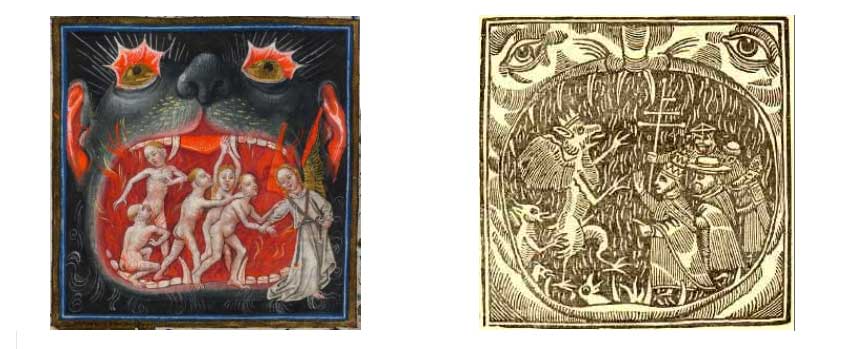

“…the nose and its lining membrane perform three valuable services to the body in rendering the inspired air fit for the lung; the nose humidifies the air, warms it, and purifies it. Since this membrane is a delicate structure with a complex function, it may readily be understood that when the membrane is damaged, its functions are interfered with and the body as a whole suffers.” – Albert Seltzer (1963)
Breathing Exercise 1
To perform this exercise, stand or sit in a comfortable relaxed position. Allow your lungs to empty and breathe to clear. Then, breathe in quickly and deeply into the nose, especially if it feels uncomfortable or hard to do; breath in through the nose as intensely as possible. Then breathe out with the same intensity, not caring about any snot that may eject. Repeat this at least a total of 5 times, but more is always better. If my nose starts to become clogged due to whatever I ate recently or anxious thoughts, I may need to extend this to 10 or more. If you have never done this and have restricted passages, perhaps try 20.
After trying this exercise yourself, notice the feelings in your body, paying particular attention to the temperature (hot/warm/cold) and the location of any sensations. For me, the feeling always occurs in the same place. If you practice this exercise, where do you feel it?
This exercise gives me a rush of warmth around my upper chest area, a feeling as though mucus or inflammation is draining away down further into the chest.
After clearing the nostrils, conscious nostril breathing can still feel uncomfortable and unnatural if the nose has been clogged a long time. But if nostril breathing is difficult, endeavor to continue a conscious practice for 30 minutes, focusing entirely on the nostrils at first and then perhaps moving around or doing something simple while continuing the focus.
How do you feel after a continuous awareness of breathing through your nose?
The Vital Force
“When the intelligent and animal souls are held together in one embrace, they can be kept from separating. When one gives undivided attention to the (vital) breath and brings it to the utmost degree of pliancy, he can become as a tender babe. When he has cleansed away the most mysterious sights (of his imagination), he can become without a flaw.” – Lao Tze, Tao te Ching (10)
The breath, through the nose, is central to taste, smell and every other sense by getting us out of the Mind and is also, as Lao Tze suggests, central to channeling some inner human potential, force. In several verses previous, the vital force is even suggested as key to life extension (Lao Tze, 6).
An interesting parallel with this is also seen between Jung’s concept of the Anima and Animus. The Animus is the masculine aspect in women, representing material control and manipulation, skills necessary for living in the male, material world. The Anima, the essential part of the feminine present—but sometimes suppressed—within all men, is visualized as the breath by Jung. Jung connected the breath through the Anima as being essential to the male’s journey towards wholeness–he called it individuation, I call it the Hero’s Journey. The breath, exercised properly, connects males with this other aspect of themselves crucial to psychological well-being.
As an extra practice if you already breathe regularly through your nostrils, consider also exercising your lung capacity through the nostrils by taking small breaths repeatedly as long as you can before being forced to exhale, or in pulling further air into your diaphragm after your lungs have reached their maximum. Admittedly I don’t fully grasp what Daoists suggest is attainable through managing the vital force of breath, the Tao te Ching leads me to conclude that increasing lung capacity, holding the breath, is involved.
Other Practices in Better Nostril Breathing
A few other key experiences with my nose seem relevant to mention here. When I am eating, particularly while eating too quickly, I stop breathing through the nose and instinctively return to mouth breathing; my mind is hyper-focused on the act of eating and not tasting the food. Only when I slow down and breathe in through my nose while chewing can I actually taste the food in my mouth; the nostrils, every bit as much as the mouth, is critical to the sense of taste. In my practice, I have to eat more intentionally, slowing down, to prevent myself from consuming food like some savage, piling it in without tasting anything, returning to mouth breathing in the process.
As well, in growing my awareness of my nostrils, I notice after eating I experience a concomitant increase in mucus in my nose–apparently inflamed when I eat, lasting a couple hours or more after finishing the meal. Certain foods make it much worse. While inflamed, proper nostril breathing is harder for me until a portion of the food is digested and the inflammation lessened.
To help combat this and keep the nose unrestricted, one practice might be interval fasting, in which someone limits their intake of food to only certain hours of the day, say a 12 or 10-hour window. While I reach this practice through a desire to breathe easier through my nose–less inflammation and mucus resulting from not constantly eating–fasting proponents point to the growing body of research showing how our bodies age in significant part as a result of eating. Specifically, telomere length shortened in one prominent study, with much recent research suggesting intermittent fasting and calorie restriction can have various health benefits (Weir, 2017).
Changing a Habit
Simply shifting my viewpoint towards the nostrils as the gateway to Heaven, in a very real literal and symbolic sense of better well-being, has further helped instill a more sacred view of the nose and–combined with clearing the passages and conscious breathing–helped me start to eliminate a long-standing habit. By holding the nose as sacred, essential to proper breathing, I take far more seriously now any compulsion to allay stress/thoughts through that act. Although the world tends to view nose picking as taboo because of the ‘gross’ factor, the real reason it is taboo, and consequently why people pick their noses in private, is it being extremely counterproductive to humans’ overall health, mental health in particular.
What does the nose, breathe, mean to you, for your life?
How do you breathe, naturally? Do you ever breathe through your mouth, ever, or do your nostrils remain clear most of the time? Have you ever noticed whether one way or another affect you differently?
Lourenco, C. and Turner, C. (2014). Breath analysis in disease diagnosis: Methodological considerations and applications. Metabolites, 4(2), 465-498. Retrieved from: https://www.ncbi.nlm.nih.gov/pmc/articles/PMC4101517/
Mummolo, S., Nota, A., Caruso, S., Quinzi, V., Marchetti, E., Marzo, G. (2018). Salivary markers and microbial flora in mouth breathing late adolescents. BioMed Research International. Retrieved from https://www.ncbi.nlm.nih.gov/pmc/articles/PMC5859862/
Seltzer, A. (1963). Nose picking. Journal of the National Medical Association, 55(5), 451-452. Retrieved from https://www.ncbi.nlm.nih.gov/pmc/articles/PMC2642359/?page=1
Singh, K., Bhargav, H., and Srinivasan, T. (2016). Effect of uninostril yoga breathing on brain hemodynamics: A functional near-infrared spectroscopy study. International Journal of Yoga, 9(1) 12-19. Retrieved from https://www.ncbi.nlm.nih.gov/pmc/articles/PMC4728953/
Trabalon, M. and Schaal, B. (2012). It Takes a mouth to eat and a nose to breathe: Abnormal oral respiration affects neonates’ oral Competence and systemic adaptation. International Journal of Pediatry. Retrieved from https://www.ncbi.nlm.nih.gov/pmc/articles/PMC3397177/
Weir, H. J., et al. (2017) Dietary restriction and AMPK Increase lifespan via mitochondrial network and peroxisome remodeling. Cell Metabolism, 26(6), 884-896. Retrieved from https://www.cell.com/cell-metabolism/fulltext/S1550-4131%2817%2930612-5
Andrew Haacke is a lifelong spiritual seeker who researches and writes about the Hero's Journey, symbolism, mythology, and psychedelics. He studied anthropology at the University of Utah and social work and public administration at the University of Southern California.
Learn more about The Hero's Journey by reading our full guide

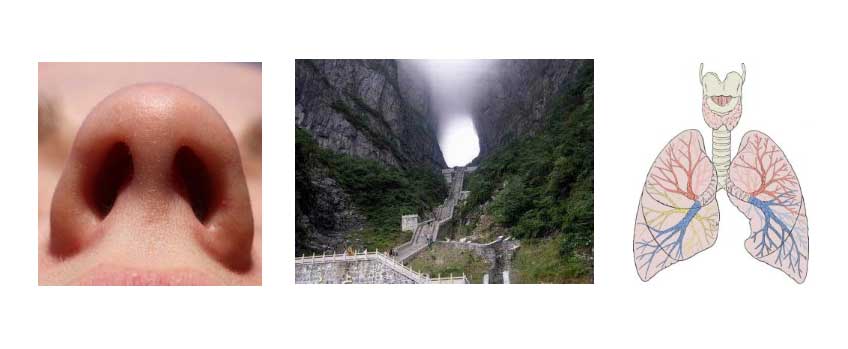
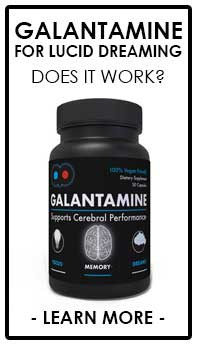
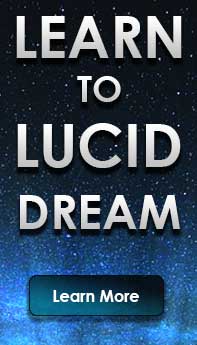
Recent Comments